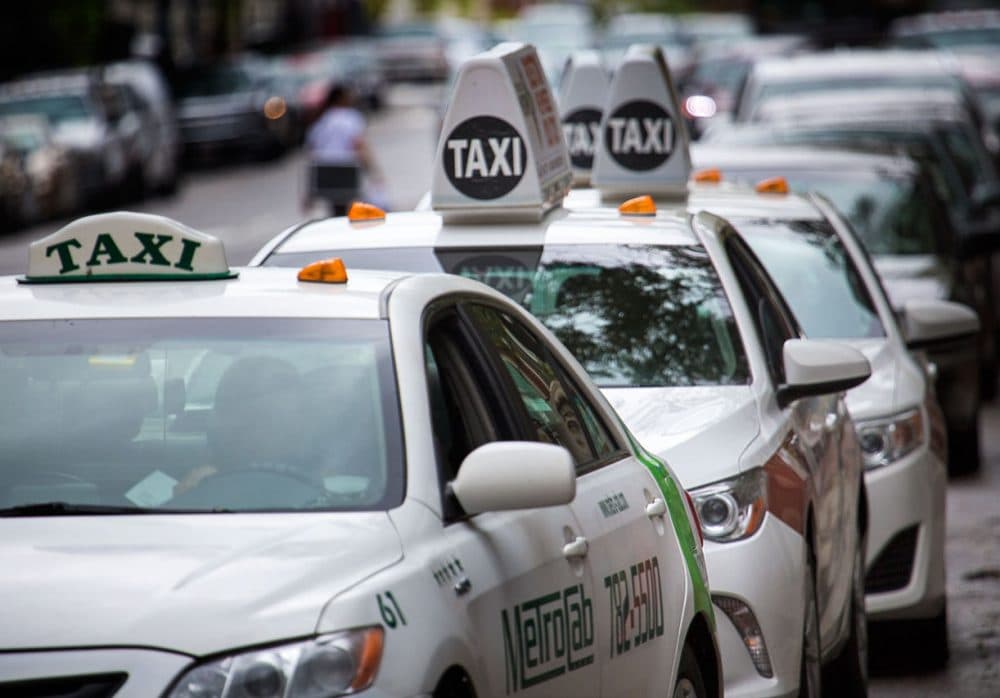Ridesharing vs. Traditional Taxis: Which is More Eco-Friendly?

As cities grow and urban transportation evolves, the debate between ridesharing services and traditional York taxis intensifies. Both modes of transport have distinct impacts on our environment, prompting a closer examination of their respective roles in emissions, fuel efficiency, and sustainability. This comprehensive comparison aims to shed light on which option truly stands as the more eco-friendly choice for the British commuter.
Understanding the Basics
Traditional Taxis
Traditional taxis have been a staple of urban transport for decades. These vehicles are typically owned by cab companies or individual drivers, operating under regulated fares and routes. The quintessential London black cab is an iconic symbol, known for its spacious interior and professional drivers.
Ridesharing Services
Ridesharing services like Uber and Bolt have disrupted the transportation sector. Utilising smartphone apps, these services connect passengers with private drivers using their own vehicles. The flexibility, convenience, and often lower cost have made ridesharing a popular choice, particularly among younger commuters.
Emissions
Carbon Footprint of Traditional Taxis
Traditional taxis, especially older models, often run on diesel. Diesel engines are known for their fuel efficiency, but they also emit significant levels of nitrogen oxides (NOx) and particulate matter (PM), contributing to air pollution and health issues.
Efforts have been made to mitigate these emissions. For instance, Transport for London (TfL) has introduced stringent emissions standards, mandating that all new taxis must be zero-emissions capable. This policy encourages the adoption of electric and hybrid vehicles within the traditional taxi fleet.
Carbon Footprint of Ridesharing
Ridesharing services have a mixed environmental record. On one hand, many ridesharing companies are pushing for greener fleets. Uber, for example, has pledged to ensure all rides in London are in electric vehicles by 2025. On the other hand, the reality of ridesharing often involves a significant amount of ‘deadheading’—the distance travelled by drivers without passengers. This inefficiency can lead to higher per-passenger emissions compared to traditional taxis.
A study by the Union of Concerned Scientists in the US found that ridesharing trips produce about 69% more pollution than the trips they displace, largely due to deadheading and the extra miles driven to reach passengers.
Fuel Efficiency
Efficiency of Traditional Taxis
Fuel efficiency in traditional taxis varies widely. Older diesel cabs, despite their environmental drawbacks, are often more fuel-efficient on a per-mile basis compared to petrol vehicles. However, the introduction of electric and hybrid models is changing the landscape. The London Electric Vehicle Company (LEVC) offers a hybrid electric taxi that can drive up to 80 miles on electric power alone, significantly reducing fuel consumption.
Efficiency of Ridesharing Vehicles
Ridesharing vehicles tend to be newer and more fuel-efficient compared to the average traditional taxi. This is partly due to the nature of the ridesharing business model, which incentivises drivers to use fuel-efficient cars to maximise their earnings.
Electric vehicle (EV) adoption is also more prevalent among ridesharing drivers. Companies like Uber have introduced incentives for drivers to switch to EVs, including reduced service fees and grants. However, as mentioned earlier, the environmental benefits of these efficient vehicles are somewhat offset by the higher overall mileage driven.
Sustainability Initiatives
Initiatives in the Traditional Taxi Sector
Traditional taxis have been slower to adopt sustainability measures, but progress is being made. TfL’s Ultra Low Emission Zone (ULEZ) is a significant step towards reducing emissions in the capital. Additionally, the Zero-Emission Capable (ZEC) taxi policy ensures that all new taxis can operate with zero emissions for a portion of their journeys.
Taxi companies are also investing in electric charging infrastructure. For example, LEVC has partnered with several organisations to expand the network of rapid chargers across London, making it more feasible for taxi drivers to operate electric vehicles.
Ridesharing Sustainability Efforts
Ridesharing companies are at the forefront of sustainability initiatives. Uber’s Green Plan aims for all rides in North American and European cities to be conducted in electric vehicles by 2030. In London, Uber has already made significant strides, with a growing percentage of its fleet being electric.
Moreover, ridesharing services are exploring partnerships to offset their carbon emissions. Uber has invested in renewable energy projects and carbon offset programmes to mitigate the environmental impact of their operations.
However, the effectiveness of these initiatives is still debated. Critics argue that while individual rides might be greener, the overall increase in vehicle miles travelled due to ridesharing could negate these benefits.
Case Studies
London’s Traditional Taxis
London’s traditional taxi fleet has seen substantial improvements in recent years. The introduction of the LEVC TX model, a hybrid electric taxi, represents a major leap towards sustainability. These vehicles are equipped with a petrol engine that extends the electric range, reducing both emissions and fuel consumption. Additionally, the city’s strict emissions standards have phased out older, more polluting vehicles, resulting in a cleaner taxi fleet overall.
Uber’s Electric Vehicle Push in London
Uber’s efforts to green its fleet in London have been ambitious. The company offers financial support to drivers who switch to electric vehicles and has partnered with charging networks to increase accessibility to fast chargers. As a result, London now boasts one of the largest electric ridesharing fleets in Europe.
Despite these efforts, challenges remain. The increased number of ridesharing vehicles has contributed to congestion, which can lead to higher emissions per mile driven. Nonetheless, the push towards an all-electric fleet is a positive step in reducing the overall environmental impact.
Public Perception and Behaviour
Public perception plays a crucial role in the adoption of sustainable transport options. Many commuters choose ridesharing for its convenience and cost-effectiveness, often without considering the environmental implications. Increasing awareness of the environmental benefits of electric and hybrid vehicles could encourage more sustainable choices.
Additionally, policy measures such as congestion charges and low-emission zones can influence commuter behaviour. By making it more costly to drive polluting vehicles in city centres, these policies can incentivise both drivers and passengers to opt for greener alternatives.
Conclusion
The question of whether ridesharing or traditional Taxi service York are more eco-friendly does not have a straightforward answer. Both have made significant strides towards sustainability, yet both also have inherent challenges.
Emissions
Traditional taxis have historically been more polluting due to older, diesel-powered vehicles. However, stringent regulations and the introduction of hybrid and electric taxis are rapidly changing this narrative. Ridesharing services, while newer and often more fuel-efficient, face the challenge of deadheading and increased vehicle miles travelled, which can offset their environmental benefits.
Fuel Efficiency
Fuel efficiency is a strong point for ridesharing services, thanks to newer vehicle models and the push towards electric vehicles. Traditional taxis are catching up, particularly with the introduction of hybrid models like the LEVC TX.
Sustainability Initiatives
Both sectors are investing heavily in sustainability initiatives. Traditional taxis benefit from regulatory frameworks such as the ULEZ and ZEC policies, while ridesharing companies like Uber are leading the charge with ambitious goals for electric vehicle adoption and carbon offsetting.
Ultimately, the most eco-friendly option will depend on the specific context of each city and the effectiveness of local policies and infrastructure. For the environmentally-conscious commuter in Britain, supporting services that prioritise sustainability—whether through ridesharing or traditional taxis—will be key in driving further progress towards a greener future.
Future Prospects
Looking ahead, continued innovation and policy support will be essential. Advances in electric vehicle technology, improvements in charging infrastructure, and more robust regulatory frameworks can help both traditional taxis and ridesharing services reduce their environmental impact. As consumers, staying informed and making conscious choices can also play a significant role in shaping a more sustainable urban transport landscape.
In conclusion, while both traditional taxis and ridesharing services are making strides towards sustainability, a combined approach that leverages the strengths of both modes, supported by strong policy measures, will likely offer the best path forward for eco-friendly urban transportation in the UK.







